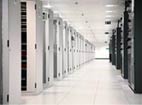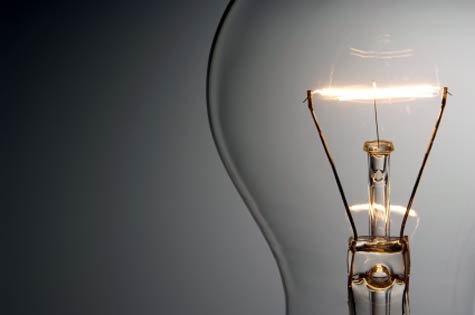Last week, I wrote about the progress being made toward cutting energy use by telecommunications networks. The cable industry is assiduously working to cut energy requirements of the set-top boxes upon which it still heavily relies, but the broader telecommunications players must do far more to cut usage in the core and distribution networks outside of homes and businesses.
There have been three announcements during the past few weeks on use of alternative energy sources in the operational and/or data centers of some of the big players.
Google said that NextEra Energy Resources will provide power from its Bay Area wind farm to power Google’s North Bayshore headquarters in Mountain View, California.
NextEra will install new turbines at Altamont Pass. The arrangement is expected to generate about 43 megawatts of electricity beginning next year. According to eWeek, Google “has taken considerable pride” in its green energy efforts.
According to CNET, Apple CEO Tim Cook used the Goldman Sachs Technology and Internet Conference in San Francisco last week to announce that it is partnering with First Solar to build a 1,300-acre solar farm in Monterey County, California.
The company is spending $848 million to buy clean energy from First Solar’s California Flats Solar Project. Apple will receive power under a 25-year agreement.
Last month, Amazon Web Services announced that it is partnering with the Pattern Energy Group to construct and operate a 150-megawatt wind farm in Benton County, Indiana. The press release says that the wind farm is expected to generate about 500,000 megawatt hours of power as early as next January. The agreement is a step toward Amazon Web Services’ goal, originally stated last November, of powering its infrastructure from completely renewable resources.
Facebook, according to Clean Technica, also is working toward a goal of fully renewable energy sources. While it has not made a recent announcement, it has set an intermediate goal of 25 percent for this year.
The story looks at what the company is doing in Iowa. In November 2014, the company christened a data center in Altoona. At about the same time, the company was instrumental in creating a wind project capable of adding 140 megawatts of power to the grid. Facebook took care to ensure that it was creating more power than its data center would use.
The activities of Google, Apple, Amazon and Facebook will each have their own impact. To say the least, these are companies that use a lot of energy. Their proactive outlook on energy will lead other businesses, both big and small, to follow suit. That’s powerful good news about power.
Carl Weinschenk covers telecom for IT Business Edge. He writes about wireless technology, disaster recovery/business continuity, cellular services, the Internet of Things, machine-to-machine communications and other emerging technologies and platforms. He also covers net neutrality and related regulatory issues. Weinschenk has written about the phone companies, cable operators and related companies for decades and is senior editor of Broadband Technology Report. He can be reached at [email protected] and via twitter at @DailyMusicBrk.




